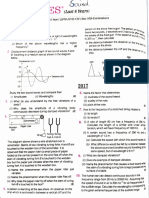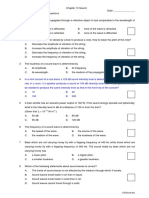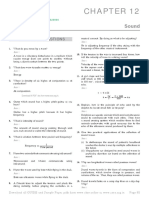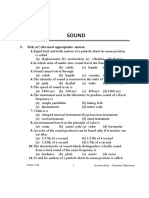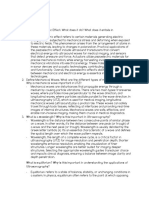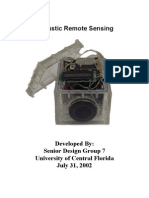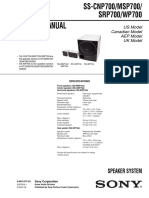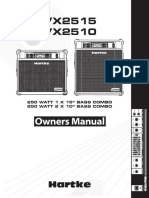0% found this document useful (0 votes)
6 views5 pagesSound
The document contains multiple-choice questions (MCQs) related to sound, covering topics such as the nature of sound, properties of sound waves, and applications like SONAR. Each question is followed by the correct answer and a brief explanation. Key concepts include frequency, amplitude, resonance, and the behavior of sound in different mediums.
Uploaded by
vinayakbansal789Copyright
© © All Rights Reserved
We take content rights seriously. If you suspect this is your content, claim it here.
Available Formats
Download as PDF, TXT or read online on Scribd
0% found this document useful (0 votes)
6 views5 pagesSound
The document contains multiple-choice questions (MCQs) related to sound, covering topics such as the nature of sound, properties of sound waves, and applications like SONAR. Each question is followed by the correct answer and a brief explanation. Key concepts include frequency, amplitude, resonance, and the behavior of sound in different mediums.
Uploaded by
vinayakbansal789Copyright
© © All Rights Reserved
We take content rights seriously. If you suspect this is your content, claim it here.
Available Formats
Download as PDF, TXT or read online on Scribd
/ 5








